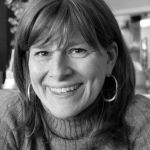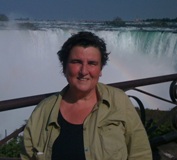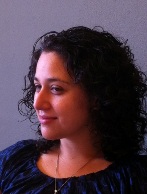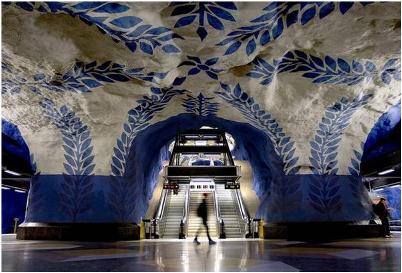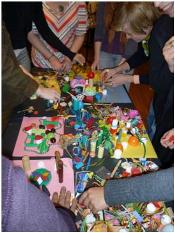
Michael Rohd
Hope is Vital...But Is It Scalable?
Posted by Dec 03, 2012

Michael Rohd
 Michael Rohd
Michael Rohd
In 1991, I founded a theater-based civic dialogue program in Washington, DC called Hope Is Vital. It brought a group of local teens and a group of HIV+ men who were receiving services at a center called Health Care for the Homeless into meaningful, productive collaboration with each other.
For 18 months, we created and conducted performance workshops all over the metro D.C. area for hundreds of young people focused on HIV/AIDS prevention and sexuality education. We worked at schools, youth shelters, correctional facilities, hospital drop-in clinics, churches, and afterschool programs.
After a period of challenging but immensely rewarding work, we felt that our approach—our model—could be useful in other places. The group gave me a mission: take our product, which was in fact a process, and try, at the age of 25, to head out into the world and spread the word.
Pre-email and pre-cellphone, I accepted the recklessly ambitious and well-meaning, impact-based, artistic necessity of scaling up. Community by community, program by program. I spent almost seven years doing that. I learned some things.
First, do the thing
In 1993, one of the first things I did was write Madonna a letter. I asked her to help fund our idea for a national network of programs like ours. Instant scalability via pop star. She was a big funder of HIV/AIDS prevention work back in the day, so it was only a half crazy gesture. Madonna did not write me back.
Read More

 Laura Ng
Laura Ng


 Bill Rossi
Bill Rossi




